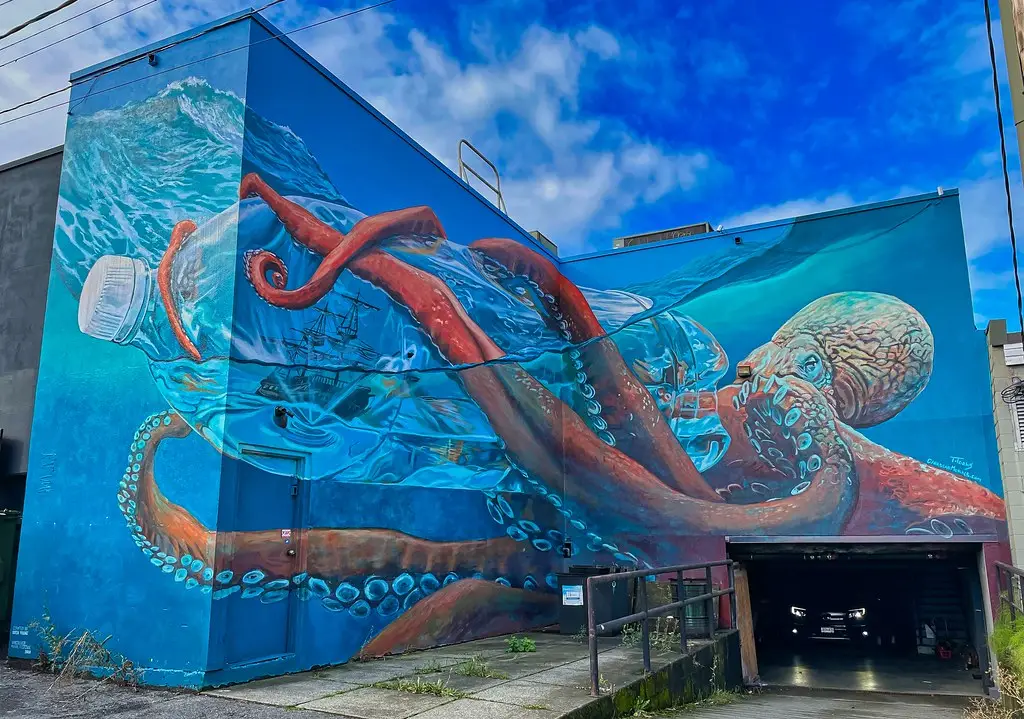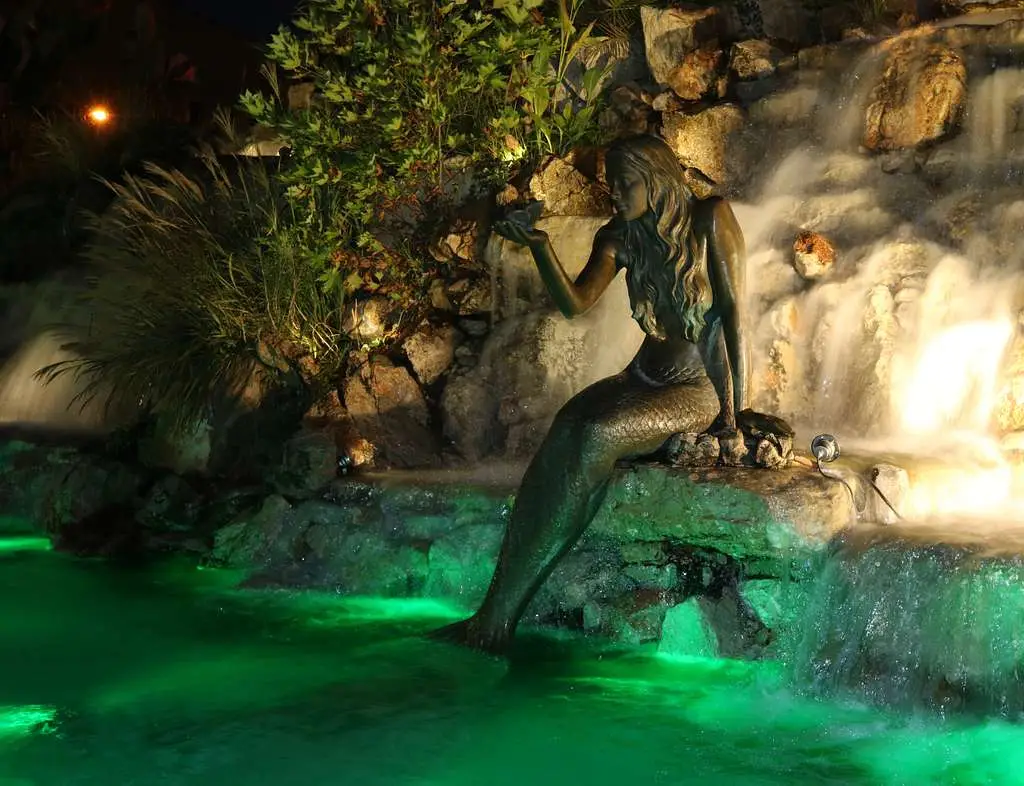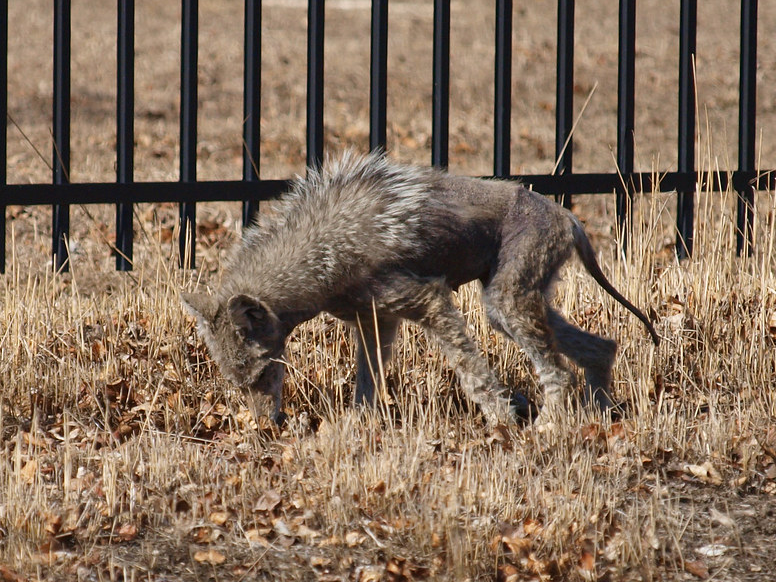1. Dragons – Dinosaurs and Crocodiles

Legends of dragons span cultures worldwide, from European fire-breathers to Chinese serpentine dragons. Many believe these stories could stem from the discovery of dinosaur fossils or encounters with large reptiles like crocodiles and monitor lizards. Ancient people uncovering massive fossilized bones might have imagined creatures big enough to fit the skeletons. Crocodiles, with their tough, scaly skin and powerful jaws, also resemble the fearsome descriptions of dragons. In Asia, the sight of large pythons or monitor lizards could have added to the mythology of long, snake-like dragons.
Additionally, volcanic activity might have inspired the idea of dragons breathing fire. The connection between natural phenomena and mythical creatures shows how humans interpret the unknown. According to Smithsonian Magazine, the consistent appearance of dragons across different cultures suggests they represent a shared fascination with powerful, otherworldly beings. While we may never know the exact origins, dragons remain a testament to the imagination and storytelling of our ancestors.
2. Unicorns – Rhinoceroses

The elusive unicorn, a horse-like creature with a single spiraling horn, may have been inspired by the rhinoceros. Ancient travelers encountering rhinos might have exaggerated their descriptions, leading to the mythical unicorn. According to the American Museum of Natural History, Marco Polo, for instance, wrote about encountering “unicorns” during his travels, though his descriptions matched the appearance of Javan rhinoceroses. Some historians suggest that narwhal tusks traded in Europe might have also influenced the unicorn legend. The tusks’ spiraled shape matches the classic depiction of a unicorn’s horn. Unicorns also symbolize purity and grace, characteristics not typically associated with rhinos but possibly assigned through cultural storytelling.
In medieval Europe, unicorns appeared in tapestries and religious art, often linked to themes of virginity and divine presence. This evolution from rhinos to mythical creatures highlights the power of interpretation and artistic imagination. Interestingly, extinct species like Elasmotherium, a giant, horned mammal, might have also contributed to the myth. Over time, the unicorn became a symbol of wonder and mystery, captivating generations with its ethereal charm.
3. Kraken – Giant Squid

The Kraken, a terrifying sea monster said to pull ships underwater, resembles the giant squid. These deep-sea creatures can grow up to 40 feet long and might have sparked tales of tentacled beasts. Sailors in the 18th and 19th centuries often reported sightings of enormous sea creatures, fueling legends of the Kraken. The giant squid’s elusive nature and rare surfacing events add to its mystique. When dead squid washed ashore, their massive tentacles and eyes likely inspired awe and fear. According to Greek Mythology, the Kraken was said to dwell off the coasts of Norway and Greenland, threatening ships and seafarers.
Some accounts describe the Kraken as so large it was mistaken for an island. These stories might have also been exaggerated by sailors seeking to explain mysterious disappearances or shipwrecks. The fear of the unknown depths of the ocean amplified the Kraken’s legend. Today, while we understand more about giant squid, they still inspire awe, reminding us of the mysterious creatures that inhabit our world’s oceans.
4. Griffins – Protoceratops Fossils

Griffins, with the body of a lion and the head and wings of an eagle, might trace their origins to fossils of Protoceratops, a dinosaur with a beak-like skull. Such discoveries in Central Asia likely inspired ancient Scythian tales. These nomadic peoples often stumbled upon Protoceratops skeletons while mining for gold. According to the American Musem of Natural History, the fossils’ bird-like beak and lion-sized frame closely match descriptions of griffins. As traders spread stories of these creatures, the griffin’s legend grew, blending reality and imagination. In mythology, griffins were seen as guardians of treasure, which may link to the gold mines where the fossils were found.
They also symbolize strength and protection in ancient art and architecture. The blending of bird and mammal features in griffins reflects humanity’s fascination with hybrid creatures. The spread of griffin imagery across Europe and Asia shows how myths travel and evolve. Even today, griffins are celebrated in literature and heraldry, maintaining their legacy as powerful mythical beings.
5. Mermaids – Manatees and Dugongs

Sailors’ accounts of mermaids may have been influenced by sightings of manatees or dugongs. These aquatic mammals, seen from a distance, might have been mistaken for human-like figures in the water. The shape of their bodies and the way they surface for air could resemble a person’s torso. Loneliness and exhaustion during long sea voyages may have heightened sailors’ imaginations. Christopher Columbus himself reported seeing mermaids, which many historians believe were manatees. According to Britannica, the idea of half-human, half-fish creatures also connects to ancient myths like the Greek god Triton.
Mermaids often symbolize beauty and danger, luring sailors to their doom with enchanting songs. This duality reflects humanity’s complex relationship with the sea—a source of both life and peril. The enduring fascination with mermaids has inspired countless stories, from Hans Christian Andersen’s “The Little Mermaid” to modern films. Though their origins may lie in misidentified sea creatures, mermaids continue to captivate imaginations worldwide.
6. Cyclops – Elephant Skulls

The one-eyed Cyclops from Greek mythology could have been inspired by ancient elephant skulls. The large central nasal cavity for the trunk might have been misinterpreted as a single eye socket. Early Greeks, unfamiliar with elephants, might have assumed the skulls belonged to giant, one-eyed beings. Cyclopes were depicted as powerful and primitive, often associated with forging weapons for the gods. Their supposed habitat in caves might align with locations where elephant fossils were discovered. These myths highlight how natural discoveries can spark elaborate stories.
The Cyclops’s role in Homer’s “Odyssey” as a fearsome antagonist cemented its place in literary history. The tale of Odysseus and Polyphemus reflects human ingenuity triumphing over brute strength. This narrative has been retold in various forms, showcasing the Cyclops’s lasting appeal. While the real-life basis might be rooted in paleontology, the Cyclops remains a symbol of mystery and myth.
7. Werewolves – Rabid Wolves and Lycanthropy

The idea of humans transforming into wolves might stem from encounters with rabid wolves or people suffering from medical conditions like hypertrichosis, which causes excessive hair growth. Rabid wolves, with their erratic behavior and aggression, could have seemed supernatural to early humans. Stories of shape-shifting might also reflect fears of wild animals and their unpredictable nature. In medieval Europe, werewolves were often linked to witchcraft and the devil, reflecting societal anxieties. Psychological conditions like lycanthropy, where individuals believe they can transform into wolves, may have also influenced the legend.
These tales often served as cautionary stories, warning against straying into dangerous areas or acting immorally. The full moon’s association with werewolves might come from its impact on nocturnal activity, making wolves more visible at night. Over time, werewolves have evolved into popular characters in modern fiction, blending horror and fantasy. Despite their terrifying origins, werewolves now symbolize the duality of human nature and our connection to the wild.
8. Phoenix – Flamingos and Solar Phenomena

The immortal Phoenix, reborn in flames, might have roots in sightings of flamingos, whose vibrant plumage could evoke fiery imagery. Alternatively, the legend might be linked to solar phenomena like sun halos. The Phoenix’s association with the sun and renewal reflects ancient cultures’ reverence for celestial cycles. In Egyptian mythology, the Bennu bird, often linked to the Phoenix, symbolized creation and rebirth. Flamingos’ nesting habits in salt flats might have also inspired tales of birds thriving in harsh conditions.
The Phoenix’s ability to rise from ashes resonates with themes of resilience and transformation. This enduring symbol appears in literature, art, and even modern branding. The story of the Phoenix reminds us of humanity’s fascination with overcoming adversity. Its fiery rebirth captures the imagination, offering hope and inspiration. Though its real-life connections may be debated, the Phoenix’s legacy is undeniably powerful.
9. Basilisk – Cobras

The basilisk, capable of killing with a glance, resembles the cobra, known for its deadly venom and intimidating hood. Cobras’ ability to “look” threatening might have fueled such stories. In medieval Europe, the basilisk was described as a serpent or rooster-snake hybrid, adding to its mythical aura. Some legends claimed that only a weasel’s bite or the sound of a rooster’s crow could kill it. The fear of venomous snakes and their deadly strikes likely inspired the basilisk’s lethal reputation. In alchemical texts, the basilisk symbolized destruction and transformation, reflecting its dual nature.
The blending of real and mythical traits in the basilisk shows how cultural fears shape monster myths. Today, the basilisk’s name lives on in popular fiction, representing danger and power. These stories remind us of humanity’s enduring fear and fascination with snakes. While cobras may lack the basilisk’s supernatural abilities, their presence still commands respect.
10. Chupacabra – Coyotes with Mange

The blood-sucking Chupacabra is often reported as a strange, hairless creature. Many believe it could be coyotes suffering from severe mange, which alters their appearance dramatically. Mange causes hair loss and scaly skin, giving animals a grotesque, otherworldly look. Reports of livestock deaths attributed to Chupacabras might simply be cases of predation by coyotes or other predators. The Chupacabra legend emerged in the 1990s, fueled by media coverage and public fascination.
Some accounts describe it as reptilian, while others liken it to a wild dog. These varying descriptions highlight how myths evolve with retellings and local influences. The fear of an unknown predator preying on livestock taps into deep-seated anxieties about survival. While scientific explanations debunk the Chupacabra’s existence, its legend persists in popular culture. This modern myth reflects humanity’s tendency to blend real events with imagination, creating creatures that captivate and terrify us.


